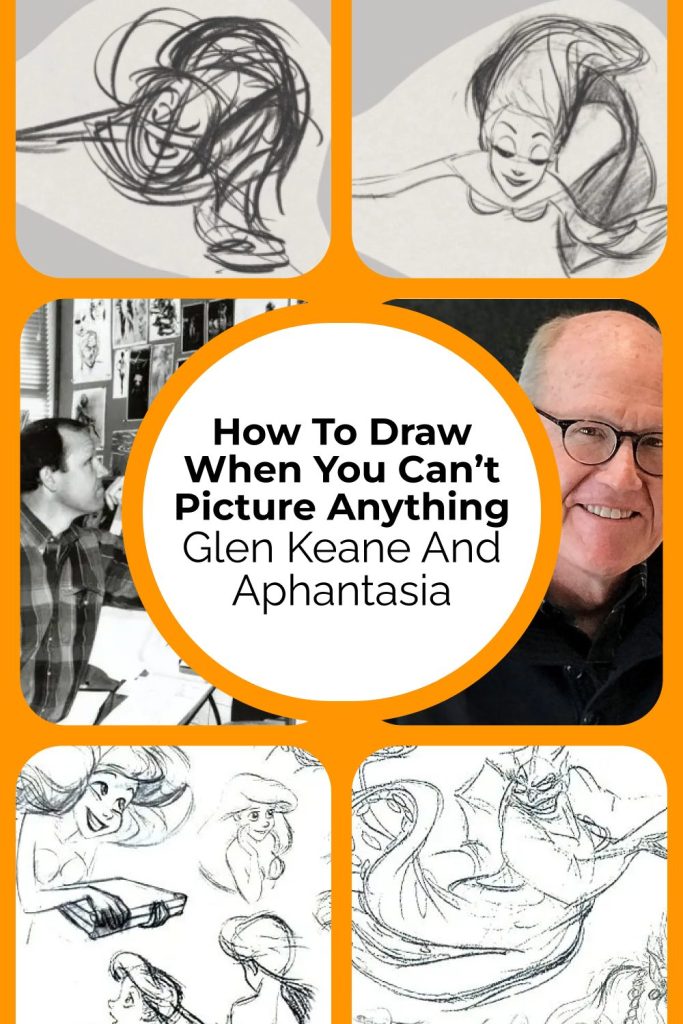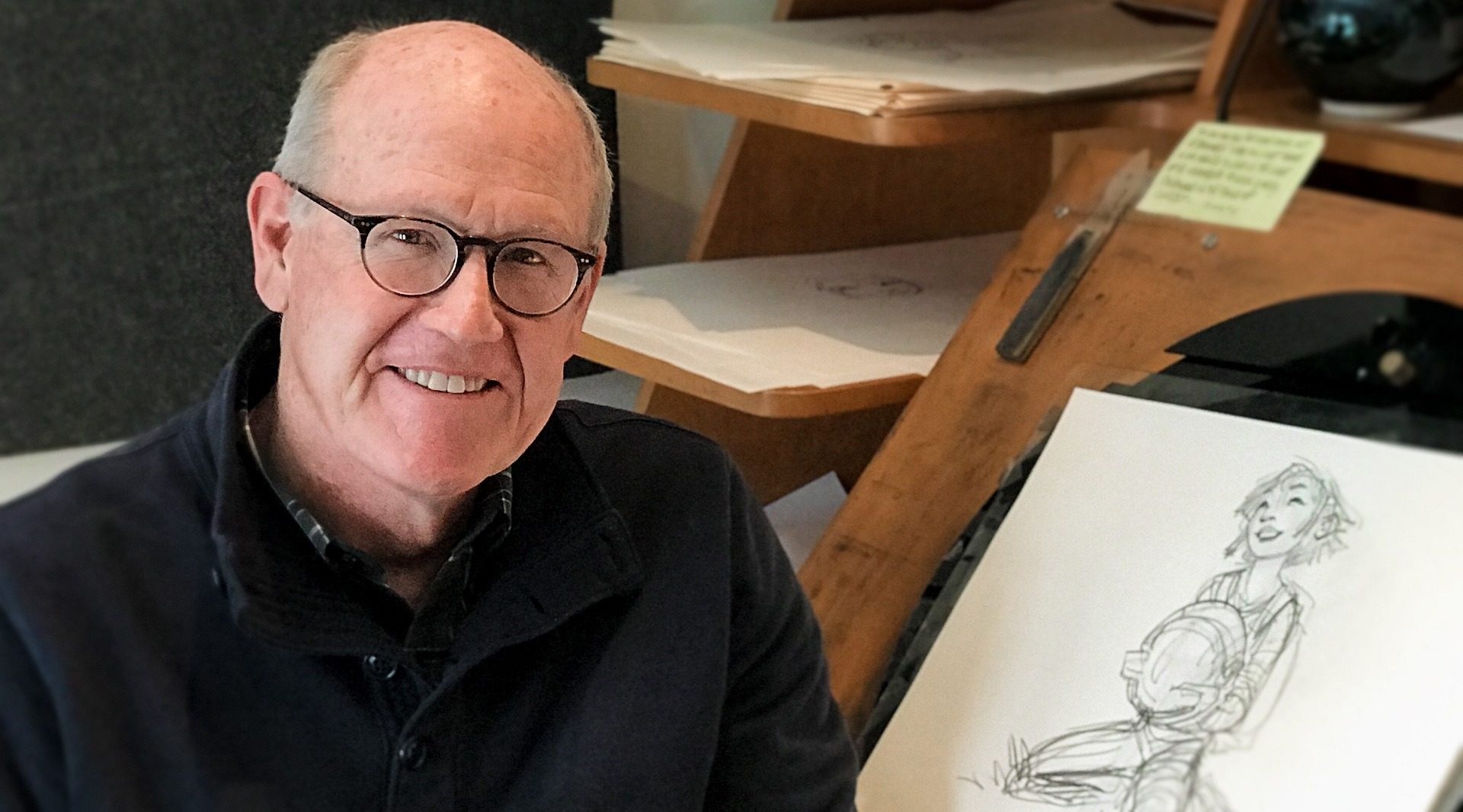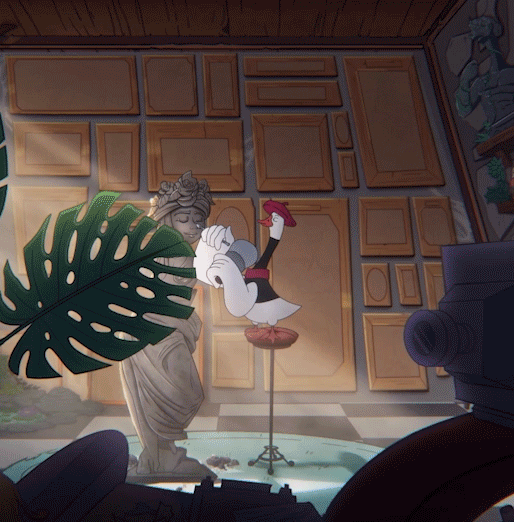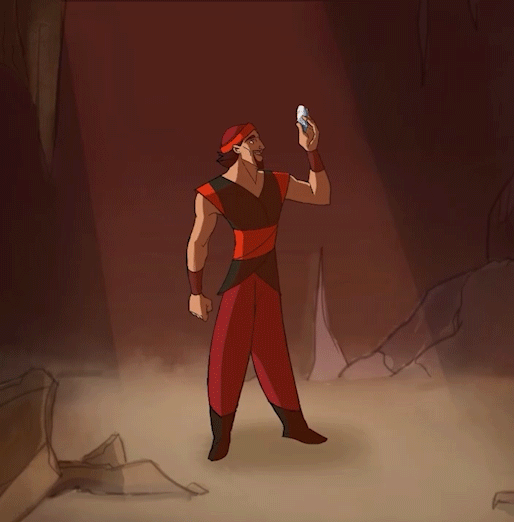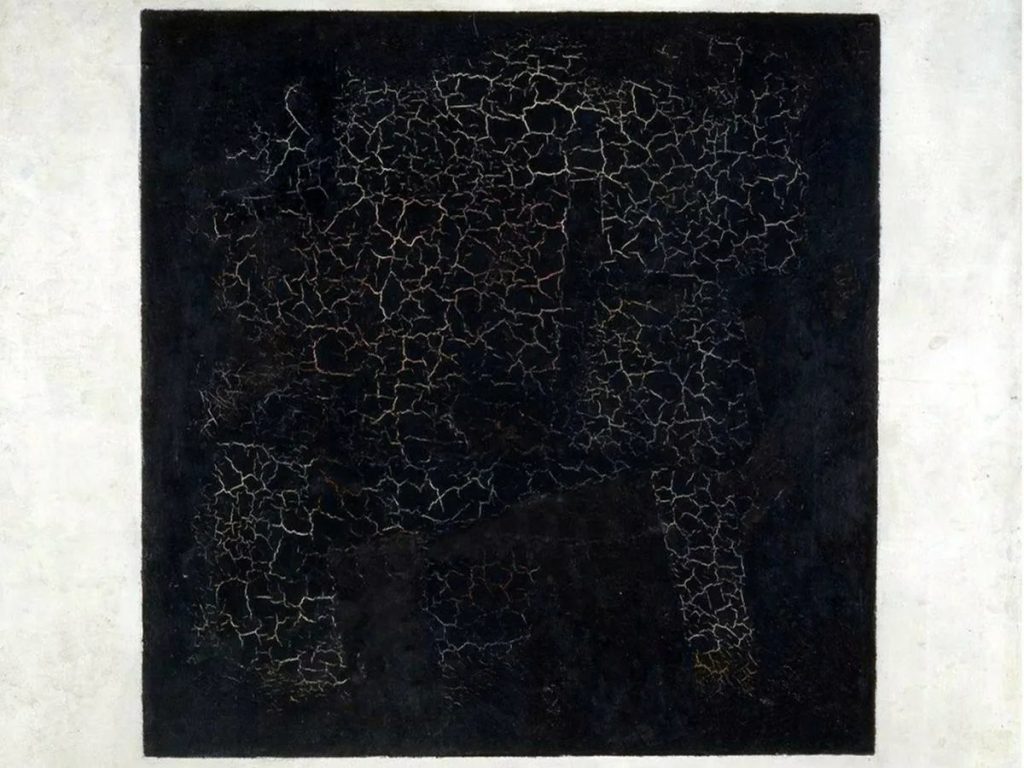
«Black Square» by Malevich.
What if you couldn’t visualize anything?
Imagine trying to draw a character when you can’t mentally picture a face, a pose, or even a basic shape. Sounds impossible, right? And yet, that’s exactly how Glen Keane – the legendary Disney animator – created some of the most iconic characters in animation history. He learned how to draw when he can’t picture anything because of Aphantasia. In this post, part of our Animation 101 series, we explore how artists like Keane thrive with aphantasia, a condition that prevents mental visualization.
See more of Glen Keane’s work in the short film NEPHTALI!
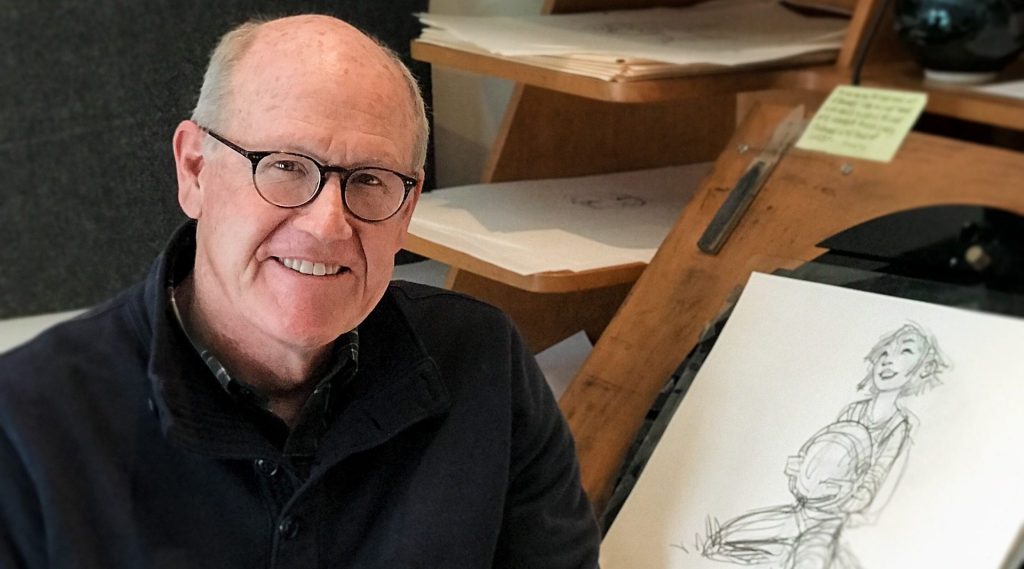
Glen Keane – the legendary Disney animator
Aphantasia is a condition where a person cannot create mental images. If you say «picture a red apple,« someone with aphantasia won’t see it in their mind’s eye – they just know what an apple is. It’s estimated that 2% of the popuation experiences this, and many of them are creative professionals. Artists, animators, directors – even Pixar co-founder Ed Catmull – have reported being aphantasic.
Aphantasia was first mentioned in the 19th century but has only recently become a topic of serious study. Neuroscientist Adam Zeman brought it into the spotlight when a patient reported losing his «mind’s eye» after a stroke.
Glen Keane and the Art of Drawing Without Seeing
Glen Keane – the creative force behind The Little Mermaid, Tarzan, Beauty and the Beast – has aphantasia. Despite his inability to visualize, he became one of the most influential artists in the world of traditional animation.
He didn’t start with a picture in his mind. Instead, he drew to find the image. As Keane himself says:
«I don’t draw because I see something in my head. I draw in order to see it.»
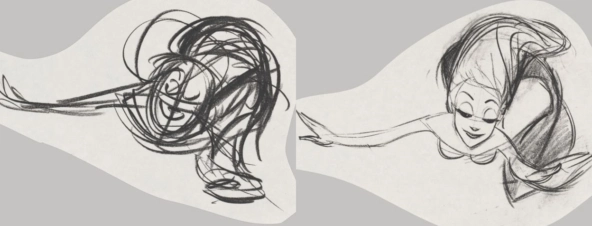
His characters didn’t arrive fully formed. They emerged through the act of drawing, through trial and error, and through deep understanding of anatomy, form, and gesture.
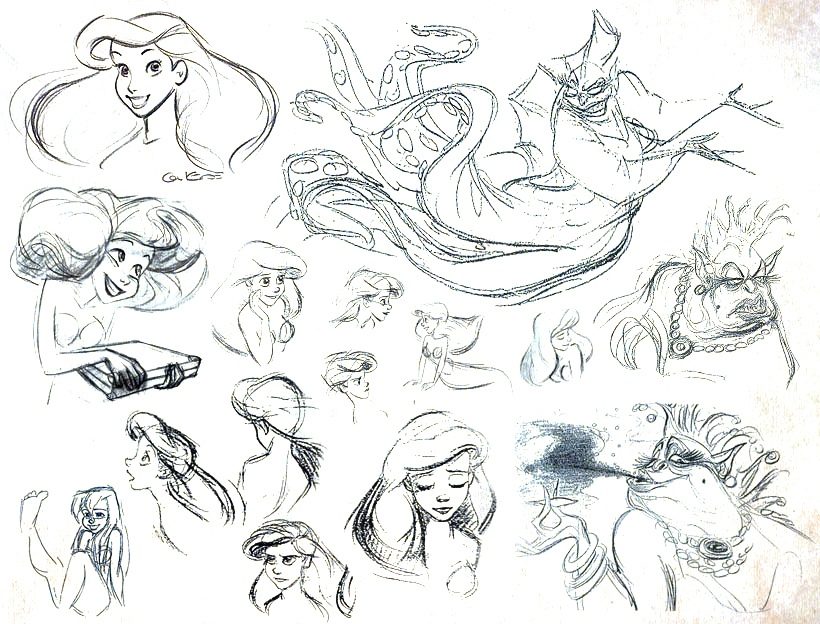
Can You Be an Animator Without Mental Imagery?
Absolutely – and some would argue because of it. Aphantasia shifts the way artists approach their work. Instead of chasing a perfect mental image, they embrace discovery. They rely on references, tactile sketching, and emotional intuition.
This method of creation can sometimes lead to even more genuine, organic results. You’re not trying to replicate an ideal image – you’re uncovering it.
Real Techniques Artists Use to Work with Aphantasia
If you’re wondering how artists with aphantasia, can succeed in the world of animation, here are the main techniques they use – techniques that are also valuable for any beginner learning how to animate or draw.
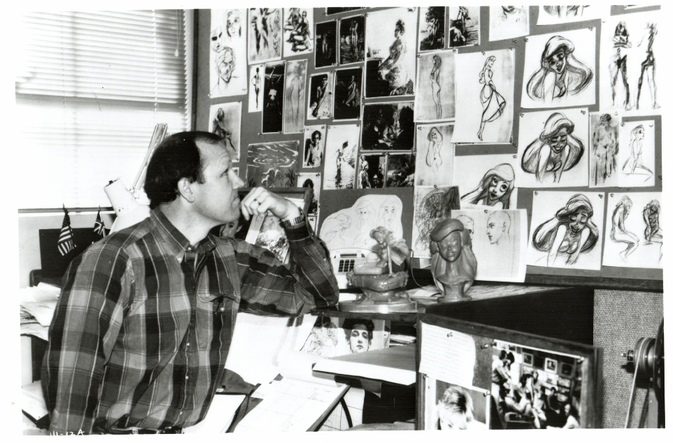
1. References Are Everything
Artists use photos, 3D models, real-life studies – anything that can give them a visual anchor. Even Leonardo da Vinci used references. If you can’t imagine a pose or lighting setup, look it up or build it.
2. Sketch to Discover
Without mental pictures, drawing becomes a form of exploration. You start with loose shapes and let the image evolve. This approach is at the heart of animation pre-production and character design.
3. Learn the Fundamentals
A deep understanding of anatomy, gesture, perspective, and lighting allows artists to work from knowledge, not imagination. This is especially true for animators who must maintain consistency across hundreds of frames.
4. Focus on Feelings, Not Just Visuals
Even if you can’t see a scene in your mind, you can express its emotional tone. Shari Binks, an artist who lost her ability to visualize after a stroke, paints what she feels, not what she sees – and her work resonates deeply.
5. Embrace the Process
When you’re not focused on visualizing something «perfect,« you’re free to explore. That can lead to more honest and innovative art.
How Aphantasia May Enhance Your Creative Process
Believe it or not, aphantasia can be an asset. It protects you from the mental trap many artists fall into – comparing their actual work to a mental masterpiece. Since there’s no inner picture to compare with, there’s less pressure and more room for experimentation.
Many beginner artists avoid starting a piece because the version in their head seems unreachable. But what if there was no version in your head? Then every line on the paper is a discovery – not a failure to live up to an invisible standard.
In that sense, drawing without mental imagery becomes not a limitation, but a liberation.
Conclusion
Glen Keane didn’t overcome aphantasia to become a great animator – he became great because of how he adapted to it. His process reminds us that drawing isn’t about copying the image in your head – it’s about discovering something new through action.
Whether you live with aphantasia or just struggle with visualization, this is your reminder: great art doesn’t start with imagination. It starts with doing.
Call to Action
Curious about how you can build your own artistic workflow – even without a vivid imagination? Join our Basic traditional 2D animation course, where we explore foundational drawing, character design, and storyboarding techniques that work for every kind of artist.
Explore your creativity – no mind’s eye required.
